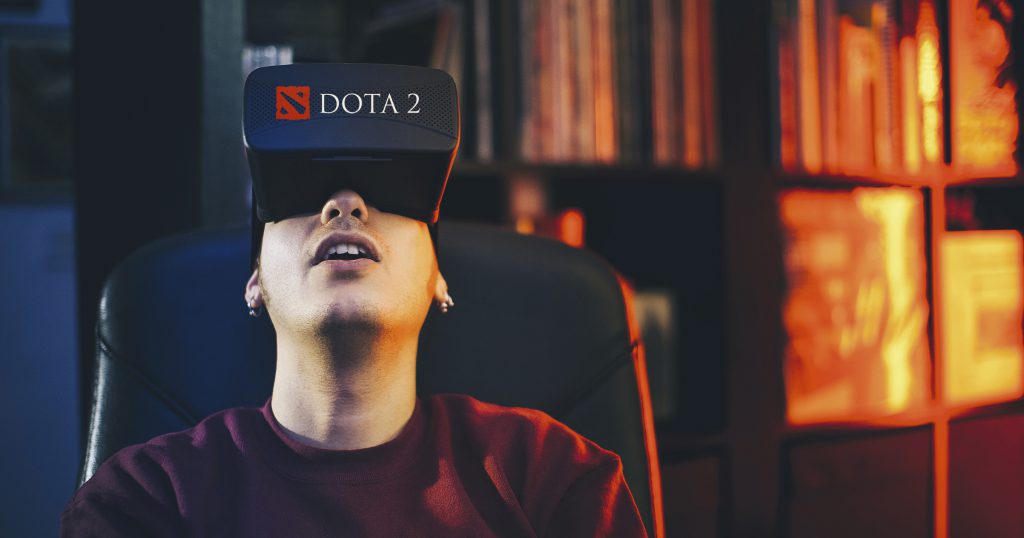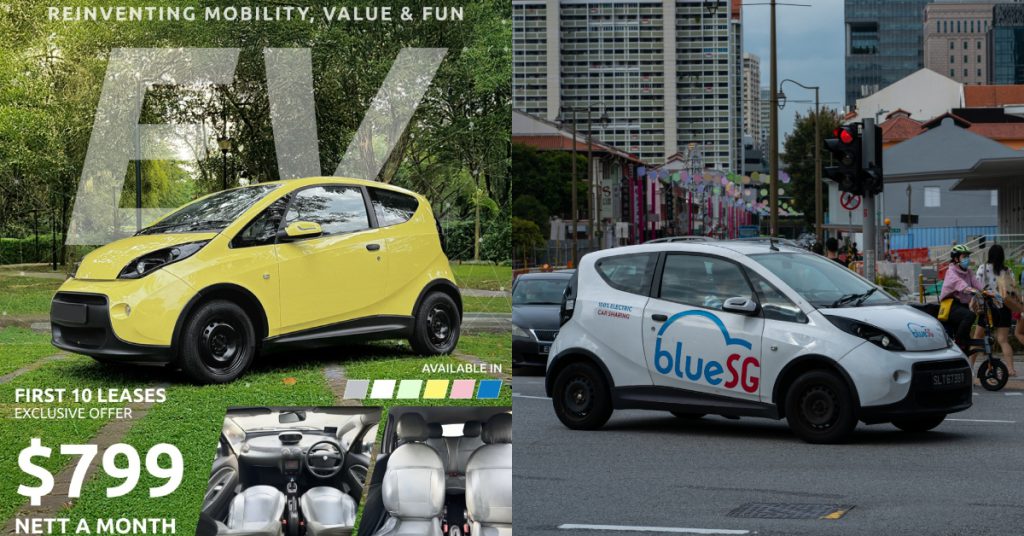If you’ve never heard of Dota 2 before, it’s still not too late to be in the know. As of the time of writing, the prize pool for The International 2016 has reached USD $19,635,790, and still has roughly 2 more weeks to grow.
Since Valve started crowdfunding their tournaments with digital purchases, their prize pools have only gotten larger and larger, roughly 80% year-on-year. Dota 2’s growth is not only based on how great their game is, but rather, how much they give back to the community.
Here’s how the prize pools each year match up:
If the current trend continues, this year’s prize pool will probably hit USD 22 million.
Valve’s community-centrism is seen through the scale of their tournaments. Valve has sponsored over 9 million in prize pool money over 3 other “Major” tournaments, focusing so much on the spectators they publicly fired an entire events team when they failed to deliver a proper spectator experience.
Like traditional sports, Dota 2 eSports lives and dies on the strength of the personalities in the scene, and as digital natives, their personalities are as entertaining as they are relatable.
Here’s just a taste of the live streamed shenanigans from Dota 2’s personalities:
https://www.youtube.com/watch?v=aXrsKUK9-vc
VR-Enabled Spectator Experience
The International 6 will also play host to the first ever VR-enabled spectator experience.
Although you won’t quite experience Key Arena in VR (hopefully coming soon), you’ll be able to go in-game and see the action as if you were a game character.
Here’s how VR looks like in-game:


Seeing is believing, so here’s how VR really looks like when it’s being used:
VR spectating is definitely still in the beta phase as many of the ideas still need much more polish before they feel amazing to use.
As VR is native to gaming (meaning you’re still dealing with rendered objects and 3D instead of live video), this is the best case scenario for testing to begin on VR spectatorship.
Valve is pioneering the cutting edge of spectator technologies; if they are able to do this for a game, imagine when their know-how is adapted for commercial use. I hope that soon, skeleton stadiums can be built to simulate the actual stadium which events occur in, so that people can attend events, and even interact with other fans remotely through VR.
You could be watching the World Cup in-person from a different country soon enough! –Vulcan Post
Feature Image Credit: Valve















